Introduction In modern industrial automation systems, stable power output is a key element to ensure continuous operation, reduce equipment downtime and ensure safe operation. Yokogawa's PW101 S2 power module is a high-performance power supply device that provides reliable DC power support for control systems. Tailored for Yokogawa's CENTUM VP and ProSafe-RS platforms, the module plays the role of a power hub in a distributed control architecture, providing continuous energy for control units and input/output modules. Professional design for critical conditions The PW101 S2 is made of high-durability industrial components to maintain stable operation in complex and harsh working environments. Its power supply capacity covers 5VDC and other regulated DC voltages to ensure uninterrupted operation of various modules in the field control station (FCS). In its design, it is endowed with a wide range of input voltage compatibility and redundancy support functions, which greatly reduces the possibility of power outages in critical business environments. PW101 S2 can not only perform hot-swap operations during equipment operation, but also realize non-interruptible replacement during maintenance, thereby shortening the maintenance cycle and improving the continuous availability of the system. More importantly, its compact structure takes up very little space, making it particularly suitable for large-scale automation control systems with strict requirements on the layout of the cabinet. High-performance performance and multiple intelligent protection mechanisms Whether it is improving energy efficiency or preventing electrical risks, PW101 S2 has shown extraordinary performance. The efficient energy conversion rate not only reduces unnecessary power loss, but also reduces module heating, thereby extending the service life of itself and surrounding components. The module has built-in multiple safety mechanisms including overcurrent protection, overvoltage protection and temperature control shutdown, so that the system can remain under control under abnormal conditions. After being integrated into Yokogawa's overall architecture, the module can work with diagnostic tools to support predictive maintenance strategies. The status and fault signals that can be read by the engineering station enable potential problems to be discovered and handled in time before they cause major accidents. System compatibility and certification standards The ability to quickly access existing DCS systems and ensure coordinated power supply and communication is a major advantage of the PW101 S2. It fully complies with industrial standards such as electromagnetic compatibility (EMC) and insulation reliability, and is particularly suitable for high-standard industries such as chemicals, energy, and oil and gas. In situations where highly reliable power supply is required, the 1+1 or N+1 redundant configuration schemes it supports are particularly critical. With...
Read More
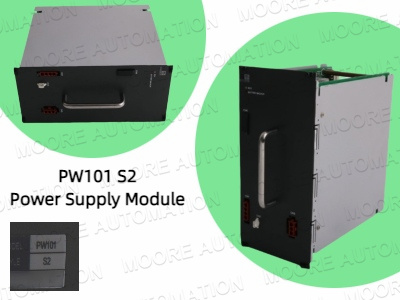
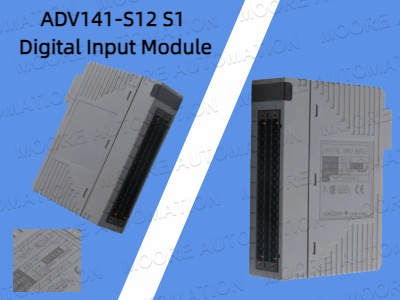
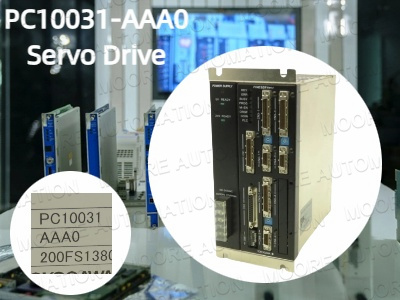
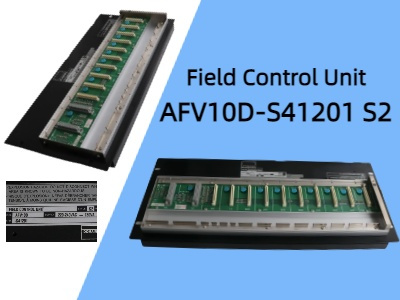
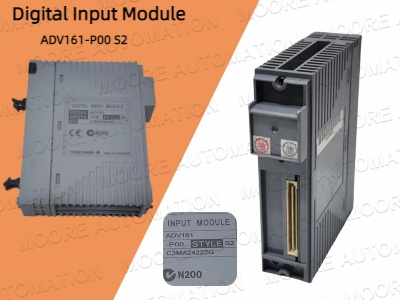
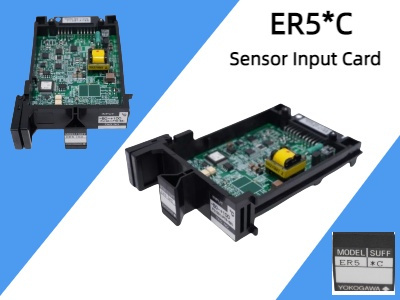
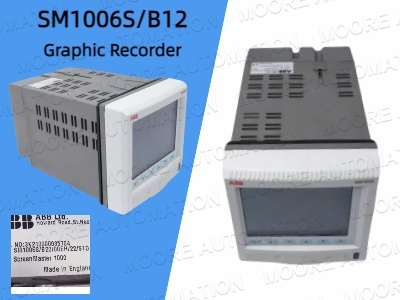
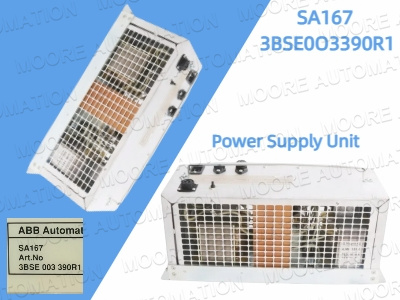
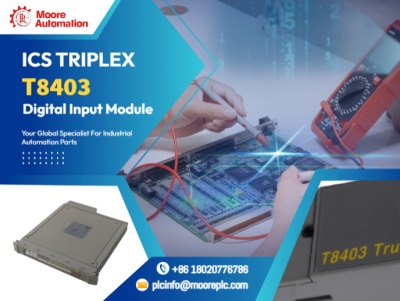

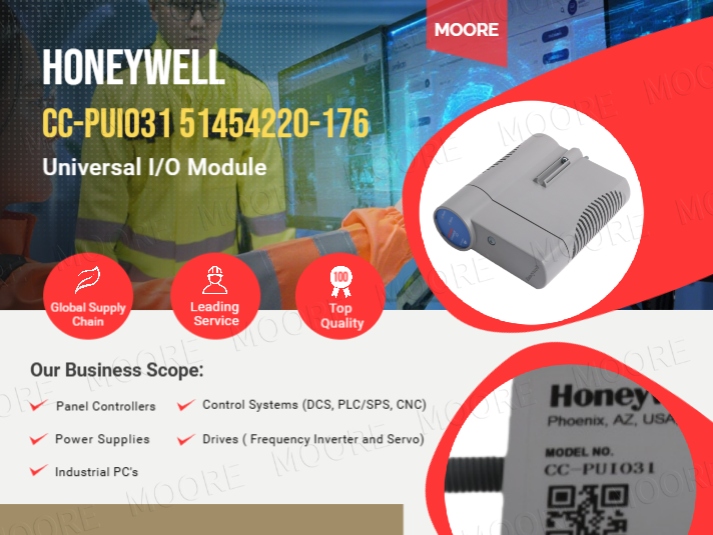
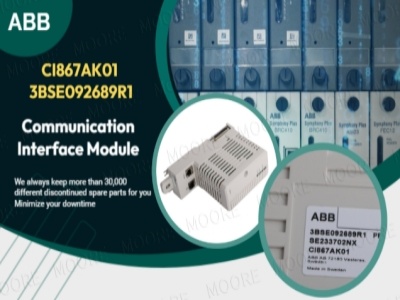












 IPv6 network supported
IPv6 network supported